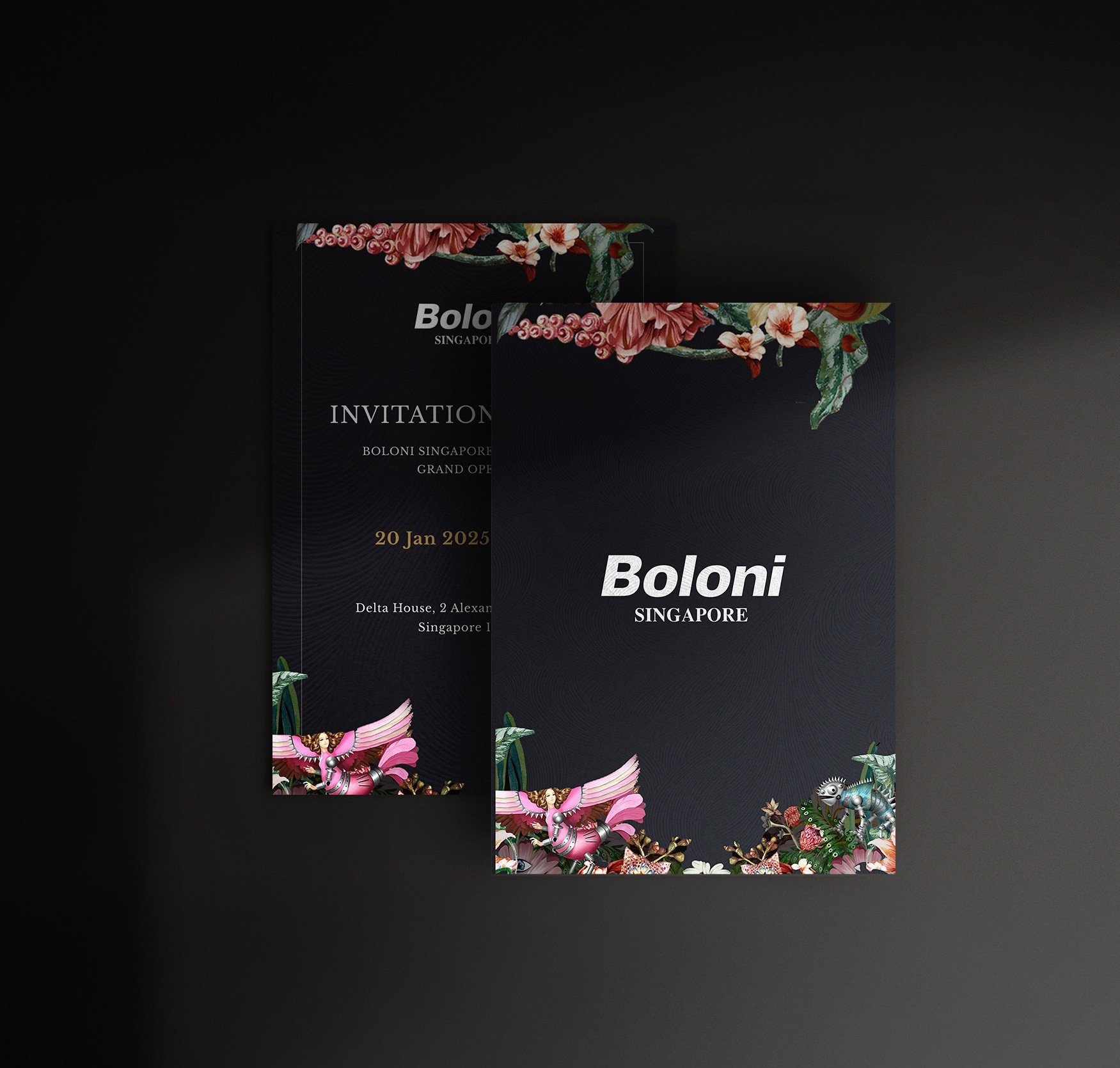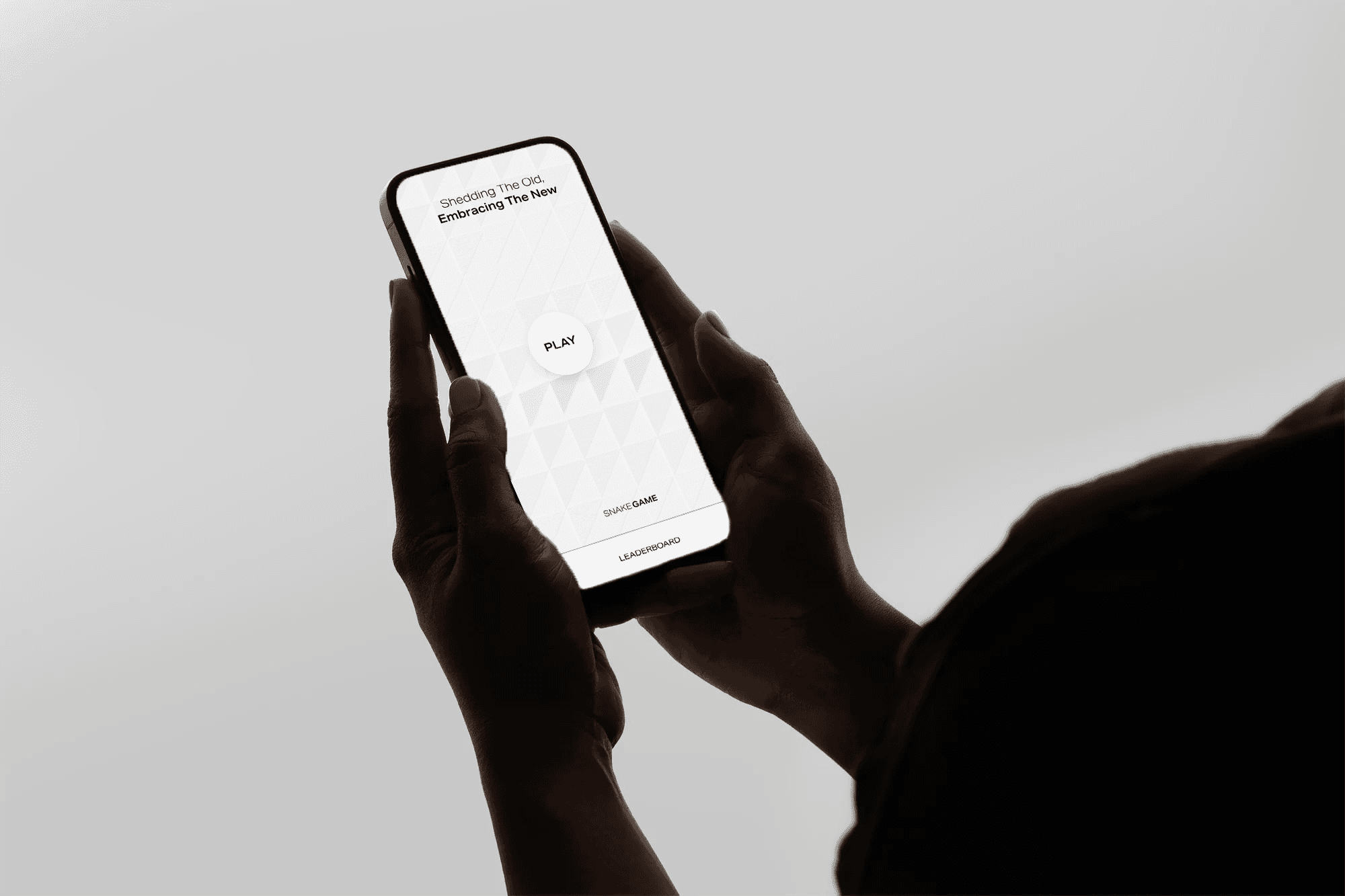Objective
LASALLE College of the Arts, Singapore's leading arts institution, offers diploma, undergraduate and graduate programs in contemporary arts and design education. Our team was engaged to conduct in-depth user research and analysis of their current website, gathering insights that would inform the future redesign.
Pre-workshop Research
Before conducting workshops, We began with the audit of both local and global competitors to understand industry best practices and identify opportunities for improvement. Some of the universities we analysed included : NAFA, SMU, SkillsFuture, Temasek Polytechnic, UAL, Royal College of Art, and so on.

Based on our analysis of LASALLE's current website, while the institution maintains a strong brand identity, several critical issues impact the user experience: complex navigation, inconsistent content structure across sections creates confusion, and the vibrant life of LASALLE's campus and student experience is not conveyed dynamically or attractively enough to engage prospective students.
Analytics Key Insights
To find out the LASALLE’s digital presence, we looked into recent Google Analytics data. Here are some of the summary we got from the insights,
Singapore is dominant with 59% of overall traffic
Mobile sessions range from 32-62%, suggesting a mobile-first approach
Desktop users tend to have longer engagements (with session durations of 4+ minutes).
Organic search is the primary traffic source
Homepage consistently top page and strong interest in BA programme pages

Internal Stakeholder Session
Our objective was to understand LASALLE's institutional vision, operational needs, and key challenges from staff perspectives. With the support of the LASALLE project team, 4 focus groups sessions were planned and conducted over two days, 22 October 2024 and 14 November 2024 with 24 participants.
Each group was facilitated by 1 facilitator partnered with a notetaker. Each groups’ participants were also represented by staff from divisions that had responsibilities or interactions with the specific journey and portion of the site.
During the session, we review the current state with internal stakeholders, using curated questions. For example,
"What information do prospective students find most important when exploring programs?”
"Which content should be highlighted or minimised?”
These review helped us to understand both institutional’s priorities and user needs.

We also had the collaboration ideation activity to envision the future state of LASALLE's website. We facilitated using digital post-its in FigJam. While traditional physical post-its were considered, we chose working digitally to ensure the readability and efficient documentation.

External Focused Group Session
Following internal sessions, we conducted with actual users and gather feedbacks about their experiences with LASALLE's website. It was 95-min session with 6 participants. We recruited a diverse group of participants profiles such Senior, Working Professional, Unemployed and Youth.
We focused on the Continuing Education Programme (CEP) as a priority for LASALLE. Through this group of session, we found out how people actually used for LASALLE website and what are their interests in schools.

Key Insights
After the workshops sessions, we consolidated and analysed the gathered insights to identify the opportunities to improve the LASALLE’s website.
A fundamental discovery was the navigation and content accessibility issues. Prospective students struggled to find essential information about programs and scholarships, often requiring multiple clicks through non-intuitive pathways. Financial aid and scholarship information was particularly difficult to locate, impacting potential enrollment decisions.
While LASALLE produces valuable content including student achievements and alumni stories, this content often lacks visibility and strategic placement. Current students rely more on physical billboards than the website for event updates, indicating a need to improve digital content distribution.
Our recommendations covers in the area of
Navigation redesign
Content restructring
Backend automated features
Search and discovery
Users preferences of look and feel
Example of recommendations in our UX Report :

Challenges
One key challenge during the focus group sessions was managing the flow of discussions. While we prepared structured questions, stakeholders were often enthusiastic and shared insights that extended beyond the current topics, sometimes addressing questions planned for later. This required flexibility in facilitation and careful note-taking to organise overlapping feedback while maintaining productive discussions.
What I learned
The focus groups revealed invaluable insights that could only be discovered through direct user interaction. For instance, while we organised CEP courses by traditional categories (General Public, Youth Programs), actual users were more concerned with practical filters like schedule timing and skill levels. Including senior participants proved advantageous as they highlighted accessibility issues we hadn't considered.



